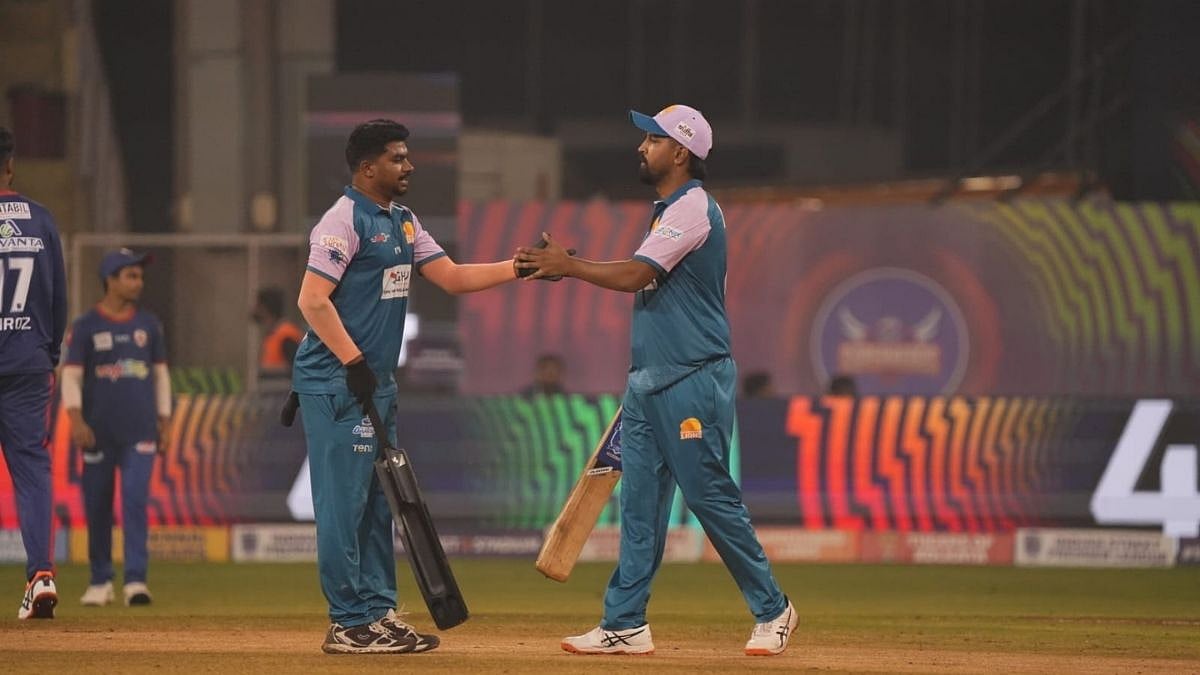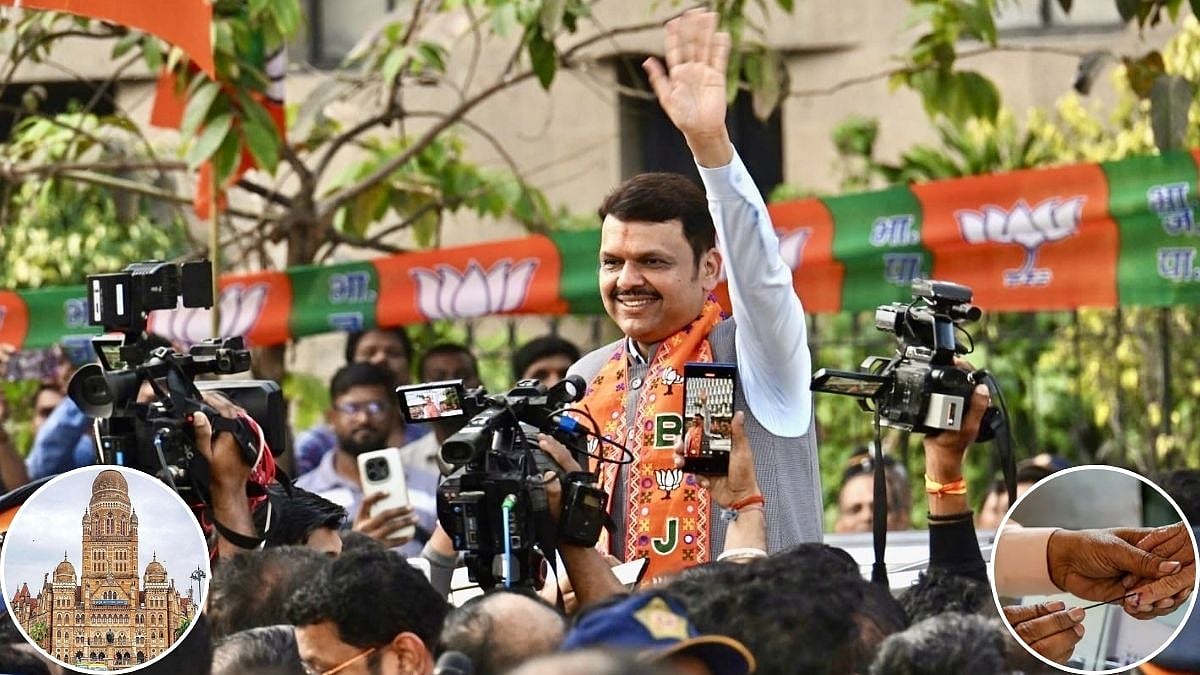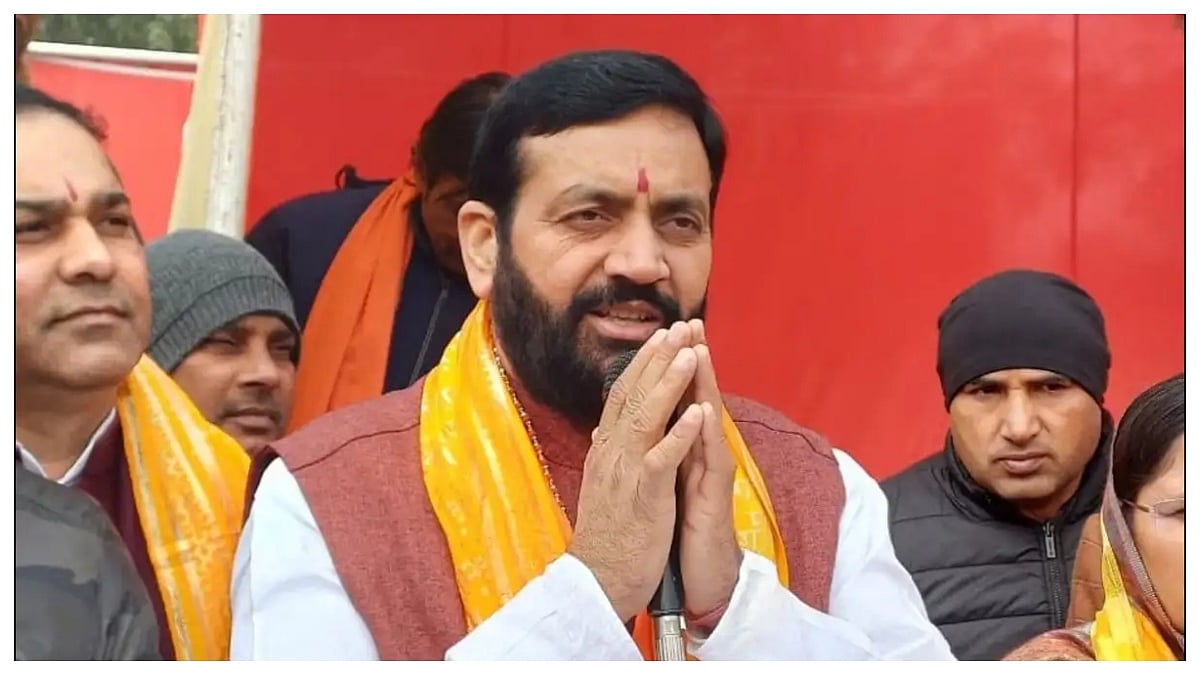Cities, they say, lie at linguistic crossroads and their unique multilingualism eventually creates unique urban languages that become their calling cards, as it were. Khopcha and cutting chai make little sense outside Mumbai, machha at the end of a sentence is so Chennai, barsati will draw blank stares outside Delhi-NCR. Cities, by their very nature, draw people from different backgrounds and mother tongues to live, work, and play together. Languages borrow and lend words, phrases get happily mixed up, syntax and grammar are manufactured, and new confluent languages take shape over time to become symbolic of the cities.
How then do the native languages of cities, that of first settlers or original inhabitants, hold their own or become the palette on which other languages mix? How important is it that migrants to Mumbai know to speak and read Marathi when native Marathi-speakers are only about one in every three or four? Without a shred of doubt, Marathi is among the older languages in India with its history going back thousands of years enriched by its varied use in literature and official communication, which thrived through invasions and colonisation but, as India’s reputed linguist Dr Ganesh Devy put it, remained non-colonising and non-expansionist itself. Marathi ranks among the ten most spoken or used languages around the world and deserves to be celebrated in all its variations and dialects.
Without taking anything away from it, the question is, if migrants to Mumbai need to know Marathi, and by that token, migrants to Bengaluru know Kannada, and migrants to Kolkata know Bengali? People’s lived experiences do not point to a clear answer; the need to know the local language becomes a function of one’s class, profession, and social circle. English conversant migrants from the middle and upper-middle classes, in formal sector jobs and living cocooned lives in gated communities across Mumbai get by without knowing a word of Marathi. Migrants in blue-collar and informal work depend on their native community networks, both professionally and personally, but they encounter a lot more Marathi in their daily lives and find ways to negotiate their way through it.
When the Shiv Sena makes a row about migrants being ignorant of Marathi – as the self-appointed guardian of Marathi Asmita – its lens is on the latter type of migrant. People who live off a city’s streets, and on it, are forced to learn the native language if only in bits and pieces to fit into the adopted home. The last two to three decades have witnessed an influx of migrants from Uttar Pradesh and Bihar, Uttar Bharatiyas as they are called in Mumbai, and have influenced the city in multitude ways. Their struggle with Marathi is very real. It’s this demographic that Kripashankar Singh, once a die-hard Congress politician and former state minister who flipped over to the BJP, had in mind when he wrote to UP chief minister Yogi Adityanath to introduce Marathi as an optional language in schools there. It would help those who aspired to migrate to Mumbai, he said. Singh pointed out, according to reports, that students “face a number of problems” when they arrive in Mumbai due to their lack of knowledge of Marathi, besides job vacancies of the state government and corporations require the applicants to know Marathi.
In public schools across India, other than those of the Central Board for School Education (CBSE), learning the local language was compulsory for many years. It was included as the third language after English and Hindi, or vice versa depending on which of these two was the medium of instruction. Sanskrit and French (why French over other European languages is a mystery) became popular substitutes in the 1980-90s. Students with parents in peripatetic jobs, like this writer, might have been traumatised learning a new language every few years but are the richer for it. This system of the local language as the third language in schools was jettisoned in the increasingly privatised education system which either did not require a third language or offered international languages over the local. Why would students in International Baccalaureate (IB) schools, for example, grapple with Marathi when they see a rosier future learning Spanish or German or Mandarin? Marathi has serious competition in schools in the city itself where children can top Class 10th or 12th without having to formally learn a word of Marathi. How many will embrace it in UP’s schools, and why?
The “why” is significant here because it’s possible to get by in Mumbai without knowing Marathi or to pick it up in bits and pieces, without formal instruction, in the course of one’s work or life in the city. This is true, in greater or smaller measure, for all metropolitan cities around the world, though a few like Paris and Tokyo tend to be fastidious about their native tongues. This is because cities evolve their “city talk”, as David Madden, a sociologist from the London School of Economics, frames it. City talk, he wrote in the International Journal of Urban and Regional Research, “denotes the everyday language that describes, assesses and classifies urban space…(and) is inherently local, also relational…and political”.
“To engage in city talk is to situate oneself and others within or without particular communities, tenures, or social spaces arranged in a social hierarchy. To call oneself a local is to assert rightful ownership of a neighbourhood or city above the claims of others,” he observed. With housing as his reference, Madden explained that “city talk” uses dysphemism and euphemism; the former are stigmatising terms such as “ghetto”, “slum”, “inner-city” which stand of deficient or dangerous places, and euphemisms such as “revitalisation” and “place-making” used by the elite to signify displacement of others.
A data study on Spanish and cities affirmed the idea of an urban language. Bruno Gonçalves and David Sánchez, in the 2014 study, parsed 50 million tweets for Spanish words and mapped them on pockets of 25 square kilometres each to discover that Spanish used in Caracas and Miami is more similar than that used in Caracas and its surrounding rural areas. “This suggests a natural lexical bipartition of Spanish into two superdialects,” they averred; superdialect A used in main American and Spanish cities with a strong international and urban flavour, and superdialect B is heard mostly in rural areas and small towns locally.
People migrating to cities need to communicate with one another and will use languages in ways that eventually evolve into urban identifiers – a simplified, pared-down, mixed-up version with words and idioms borrowed from as many languages as migrants carry with them. Mumbai’s Marathi, then, is unique and different from that used in say Pune or Aurangabad, or Wardha. Mumbai’s “city talk” is a confluence of several languages layering over and inter-mingling with Marathi over centuries. Which Marathi can be taught in UP’s schools when that taught in Mumbai’s schools is different from what’s heard and spoken on its streets, local trains, and bazaars? Let migrants find their way with Marathi, aided by institutions that teach it in Mumbai, as they have done for centuries, and infuse some of their own flavour too; Marathi and Mumbai will be richer.
(The author is an independent journalist, columnist, urban chronicler, and media educator who writes on politics, cities, gender, and development. She tweets at @smrutibombay)









